Fashion photography techniques are essential knowledge for young enthusiasts passionate about art and the fashion industry. Moreover, it is crucial to familiarize yourself with these techniques before engaging in an actual photo shoot. Firstly, to create beautiful and professional fashion photos, you must possess a perfect camera, professional lighting techniques, and the ability to work with models. Most importantly, you need to have your own creative ideas.
Khai Vinh Academy will share with readers the most perfect fashion photography techniques and knowledge in this article.
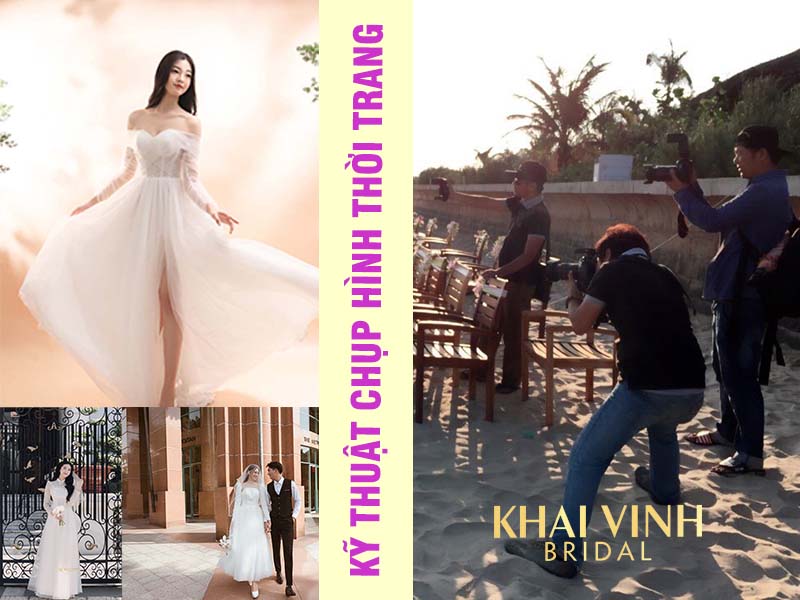
1.Fashion photography technique: Choosing the right camera
For every fashion photographer, or photographers in general, choosing the right camera is the first and crucial step. It is the key to capturing beautiful photos.
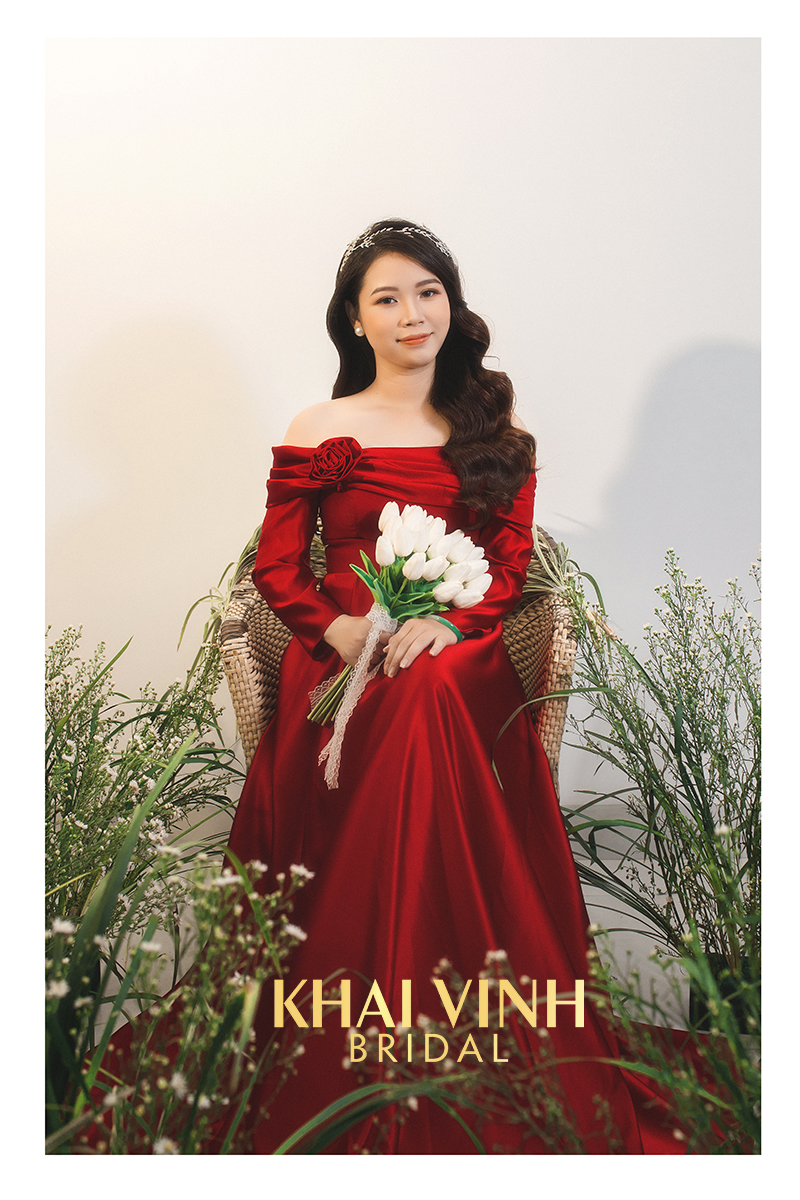
Why is that? A beautiful photo depends on many factors. Even if you have a beautiful location, lighting, outfits, or hairstyles, without a perfect camera, the photo won’t be beautiful and sharp. Choosing the right camera is essential. Khải Vinh can help you choose the best DSLR camera. You can refer to this camera line.
1.1. Full-frame and crop cameras
DSLR and Mirrorless cameras come with full-frame or crop sensors. For full-frame cameras, the sensor size is close to the equivalent size of 35mm film.
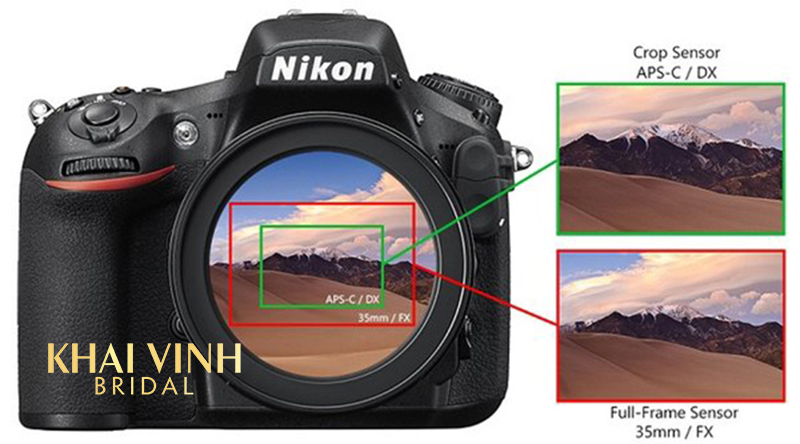
Crop sensors typically have a multiplication factor of 1.5x and 1.6x. They are cheaper than full-frame sensors, but they also have lower image quality.
Crop sensors also affect your lenses, which is why images become “cropped.” When using an APS-C (crop) camera system, a 100mm lens functions as a 160mm lens due to the magnification factor of 1.6x (or 1.5x for Nikon APS-C cameras).
This is a significant advantage as it effectively turns a zoom lens into a telephoto lens while still maintaining good image details. Specific lenses need to be used to achieve such focal length, such as the Canon 24mm f/2.8 STM.
1.2. Lenses for good fashion photography image quality
Lenses for fashion photography typically have focal lengths ranging from 35mm to 135mm.
A 35mm lens is suitable for studio settings. It works perfectly in tight spaces where you cannot maneuver much, providing you with a good working distance. It’s not too close, which can make models uncomfortable. A 35mm lens tends to be slightly more expensive than a 50mm lens.
This is partly due to the complex optics inside the lens. For outdoor shoots, it is recommended to choose lenses with focal lengths of 85mm and 135mm.
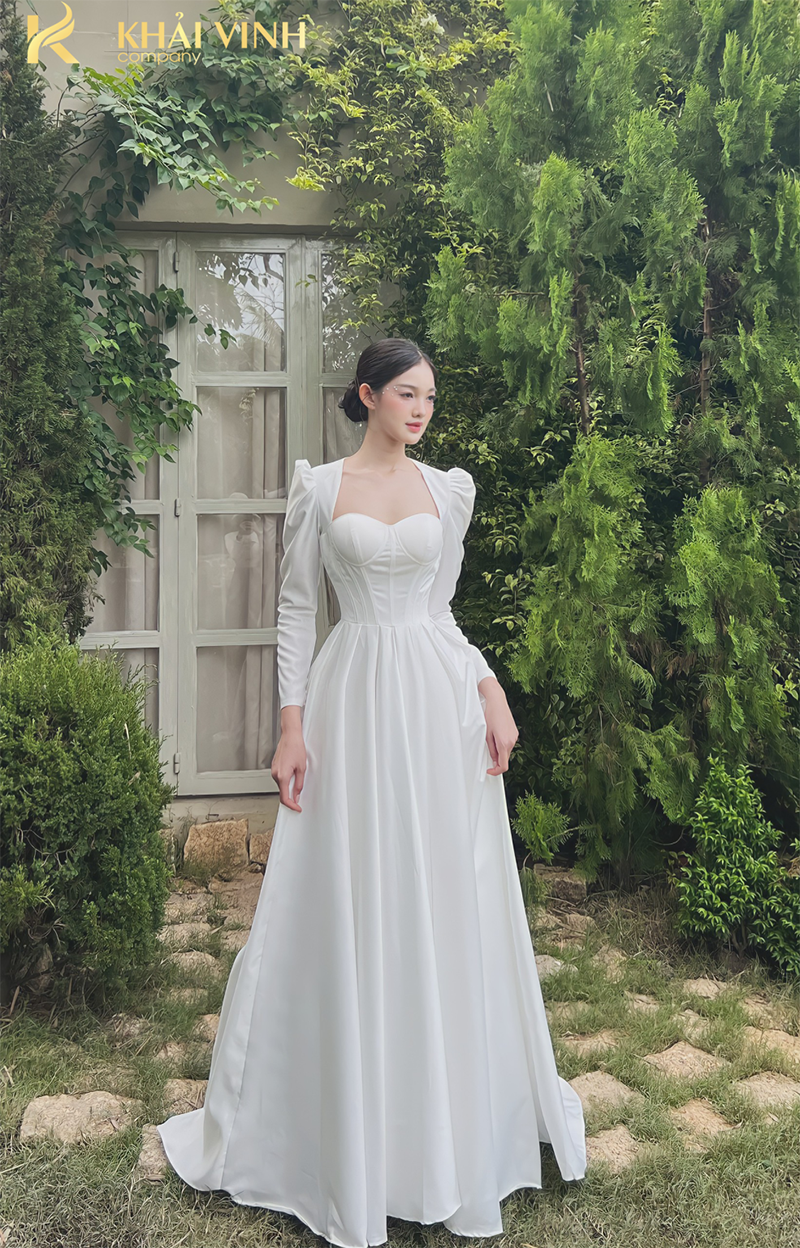
1.3. Prime Lenses and Zoom Lenses
Let’s compare an 85mm prime lens with a 28-135mm zoom lens at an 85mm focal length. The 85mm prime lens will be sharper and have a larger maximum aperture, such as f/1.4. Prime lenses typically offer better image quality. On the other hand, zoom lenses are more convenient but often have smaller maximum apertures and may not deliver the same level of image quality as prime lenses.
1.4. Setting up your camera
No camera will capture perfect photos for you right out of the box. Instead, you should set up your camera to at least meet half of the tools you need.
Firstly, always shoot in RAW file format. This preserves more image data and is convenient for post-processing.
Use the single shot setting. This may seem counterintuitive when you have a fast-moving subject that requires capturing a series of shots. However, fashion photography is not sports photography, and shooting in RAW takes up a significant amount of memory card space.
White balance is crucial. This is something you need to do before starting a shoot, ensuring that the color of the image accurately reflects the product when the model is wearing it.
1.5 Tools for fashion photographers
In addition to the camera and lenses, there are other items you need. It’s highly likely that you won’t only be shooting in the studio but also outdoors. This is where a monopod becomes very handy if you don’t have enough space to use a tripod. Additionally, investing in a separate flash unit is recommended if you frequently shoot outdoors.
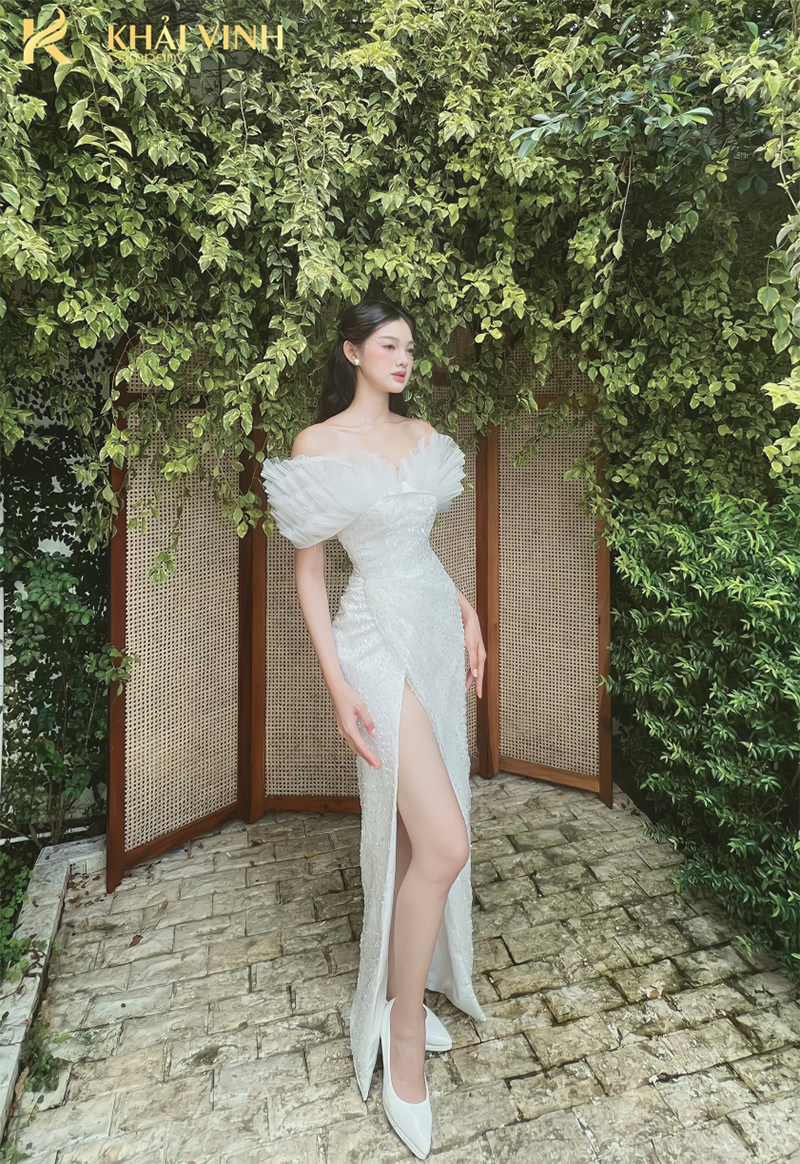
2. Lighting
Lighting is one of the most important considerations in fashion photography. Whether you’re using a studio space or shooting with natural light, it’s crucial to pay attention to lighting. Even with a simple setup using a Speedlite flash, preparation and practice are essential.
2.1. Best lighting to start with
There are various lighting systems available. Powerful lights such as studio strobes use direct electrical power. Smaller versions of flash lights called Speedlites use AA batteries.
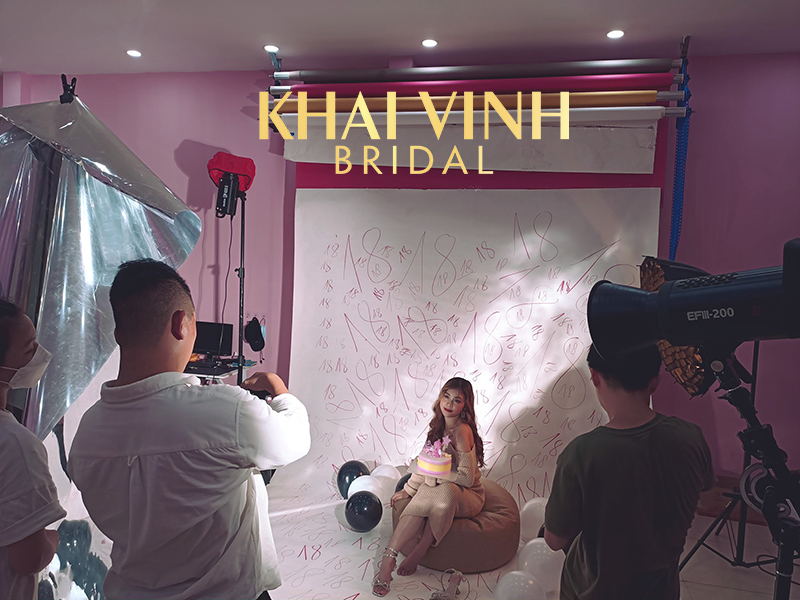
This comprehensive article provides you with all the information you need to get started.
2.2. Setting up a home studio
If you’ve had a few fashion photoshoots, creating a studio at home is a great idea. It’s cheaper than renting a studio every time, and you can have your own equipment to practice whenever you can.
The initial cost may be a bit high, but it’s worth it many times over if you start building a stable client base.
2.3. Lighting for portraits
This detailed guide will explain what a background light is and the difference between bounce and catchlight. You may need to use some color gels or diffuse the light. High key lighting, ring light, and floodlighting are also different options.
2.4. Portrait lighting tips
This is the exciting part of fashion photography, where you understand how light affects your subject. Some photos are lit very simply, while others involve using six different lights to illuminate the background, hair, face, and more. They always start with one light and create different setups to achieve various effects as the light shines through.
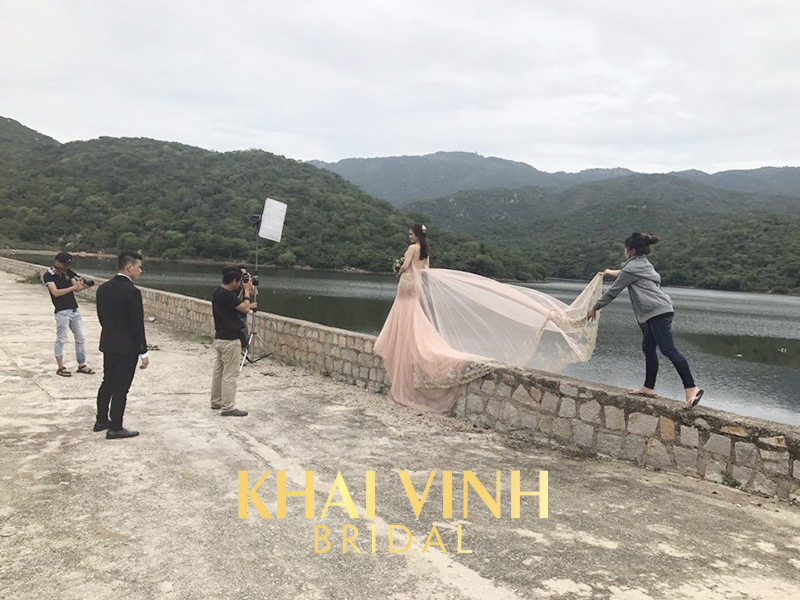
- Lowkey Lighting
This is a lighting setup that is very minimal with most of the image being black. It is relatively easy to achieve if you have multiple lights. The purpose is to highlight a specific area of the model that the viewer will focus on.
The surrounding light should be as low as possible. There should be no other light sources besides the flash or strobe unit that you are working with the model.
- Beauty Dishes
Beauty dishes are a standard form of lighting in fashion photography. They are also budget-friendly. They can work with or without wires, depending on your preferred system. Each beauty dish comes in two variations, with or without a grid.
Things to Do and Avoid When Working with Models
Working with models can be a bit daunting at first, as fashion photography is slightly different from portraiture. Here, you need to tell a story.
These images are conveyed by maintaining a consistent mood through similar setups and locations.
Respect the models and never touch them without permission. Keep things simple, maintain a good relationship, and everything will go smoothly.
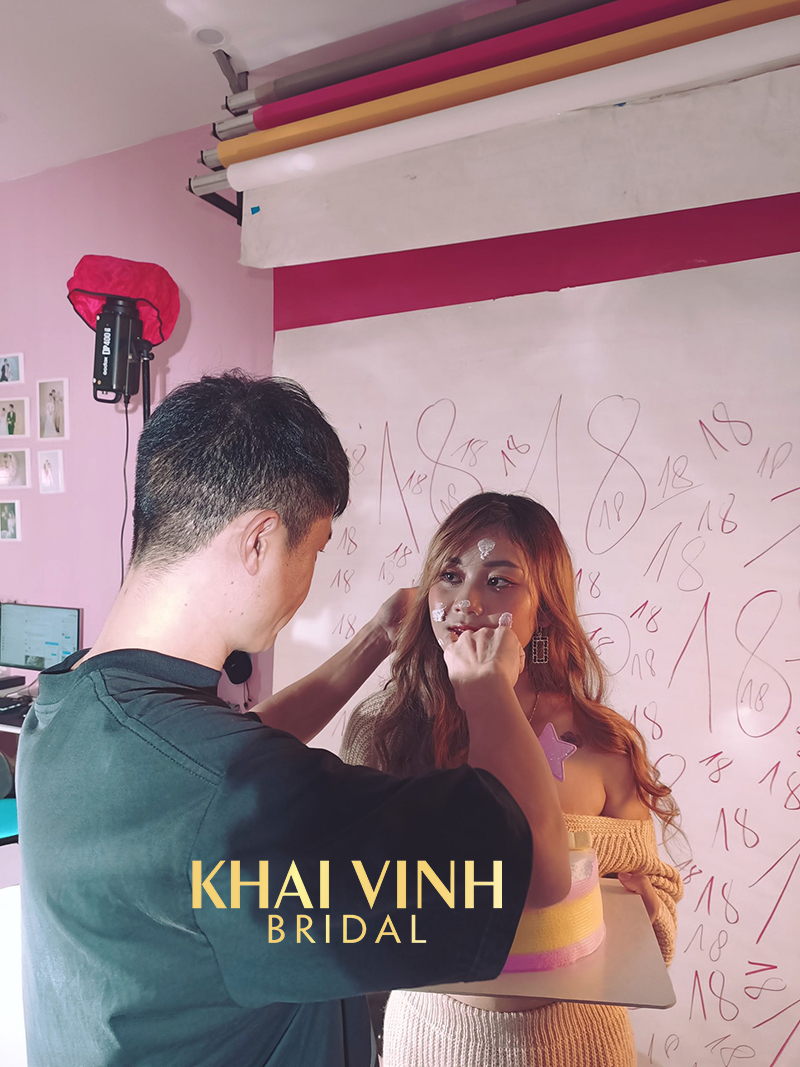
Fashion Photography Tips
One tip for achieving professional fashion photography is to have your own studio or take advantage of renting a photo studio, which offers great benefits. Having your own studio saves on rental costs and allows you to work whenever you can. Learn different poses for models to match the clothing collection you plan to shoot.
Build your own fashion team
Having a team behind you allows you to focus on the model. Depending on what and for whom you are shooting, your team will vary.
When you’re starting out, having a friend or family member assist you will go a long way.

If you don’t have the budget for the most professional team, consider hiring fashion interns. If successful, they can become long-term collaborators. Students seeking experience are eager and won’t require significant costs.
Posing techniques
Guiding a model can be complex, especially if they are just starting out. They look to you for direction. You need to instruct them with confidence and assurance. The more you communicate with them, the better.
Research and use mood boards for inspiration so you have a clear idea of what you want for the day. Communicate with your team and models in advance so they have time to prepare.
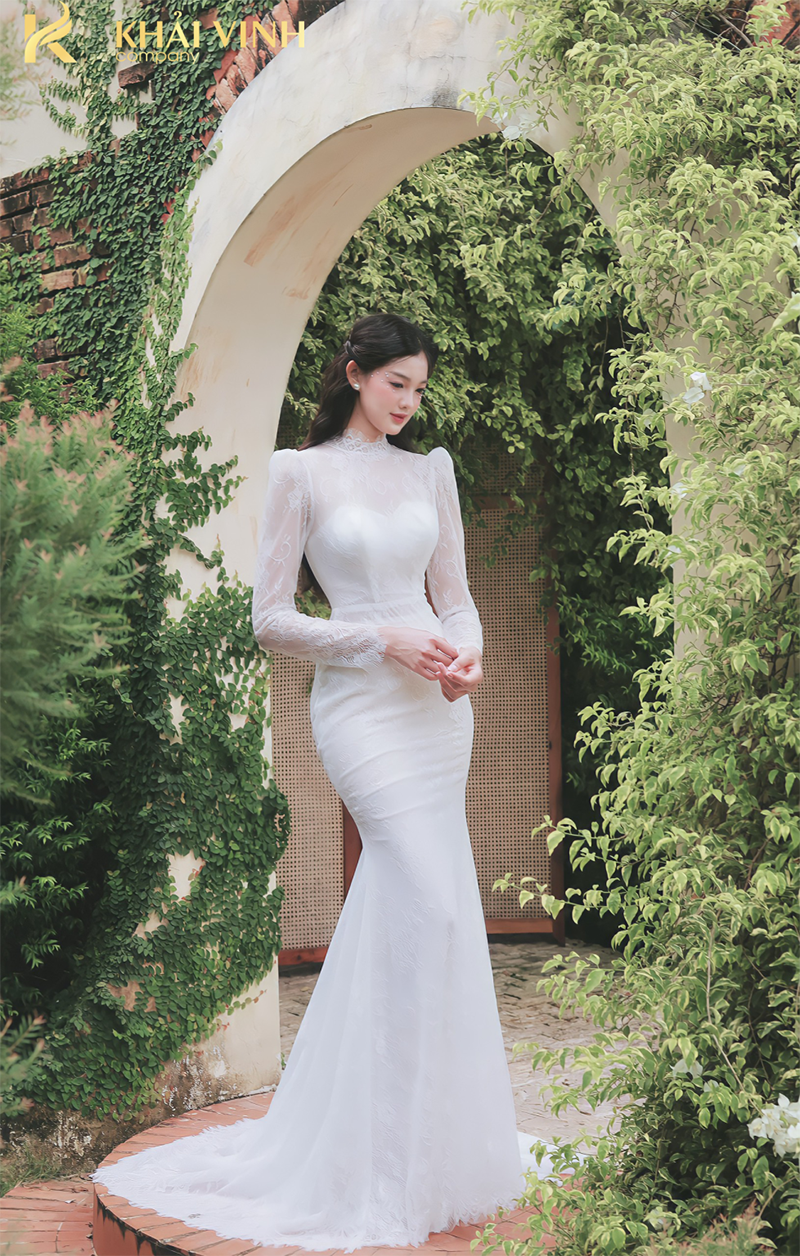
Creative Ideas
Creative ideas are also a crucial component when it comes to fashion photography techniques, as well as any photography style or genre in general. They make subjects and settings look more interesting and professional compared to ordinary shots.
Finding inspiration for fashion photography is something you’ll need to research extensively. Looking at other photographers and being interested in fashion photography means you already have a good idea of what you want. Pinterest is a great way to start your search, as it has a substantial collection of fashion photography resources.
This is a great way to begin because it simplifies all the complex, time-consuming aspects of fashion photography. It will force you to truly utilize the equipment you have and work on your feet to try and find unique points of difference.
These are notes on fashion photography techniques that Khai Vinh Academy shares. With years of experience and expertise in the industry, it is hoped that they will help you enhance and accumulate knowledge on your own photography career path.
Contact now: +84 899 11 39 79 to understand more about fashion photography techniques!
Khai Vinh Academy offers professional photography courses from basic to advanced levels. The courses last for 7 days and include comprehensive skills in theory, observation, and practice. The guaranteed outcome is that you can creatively and systematically pursue your passion for photography.



